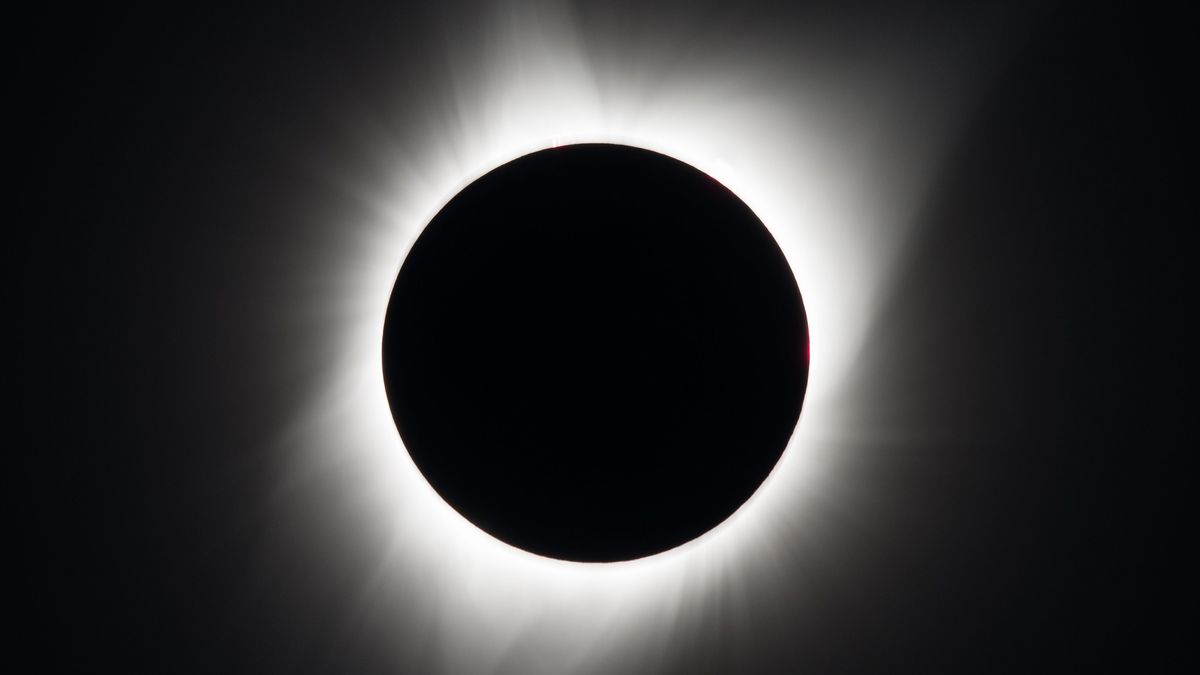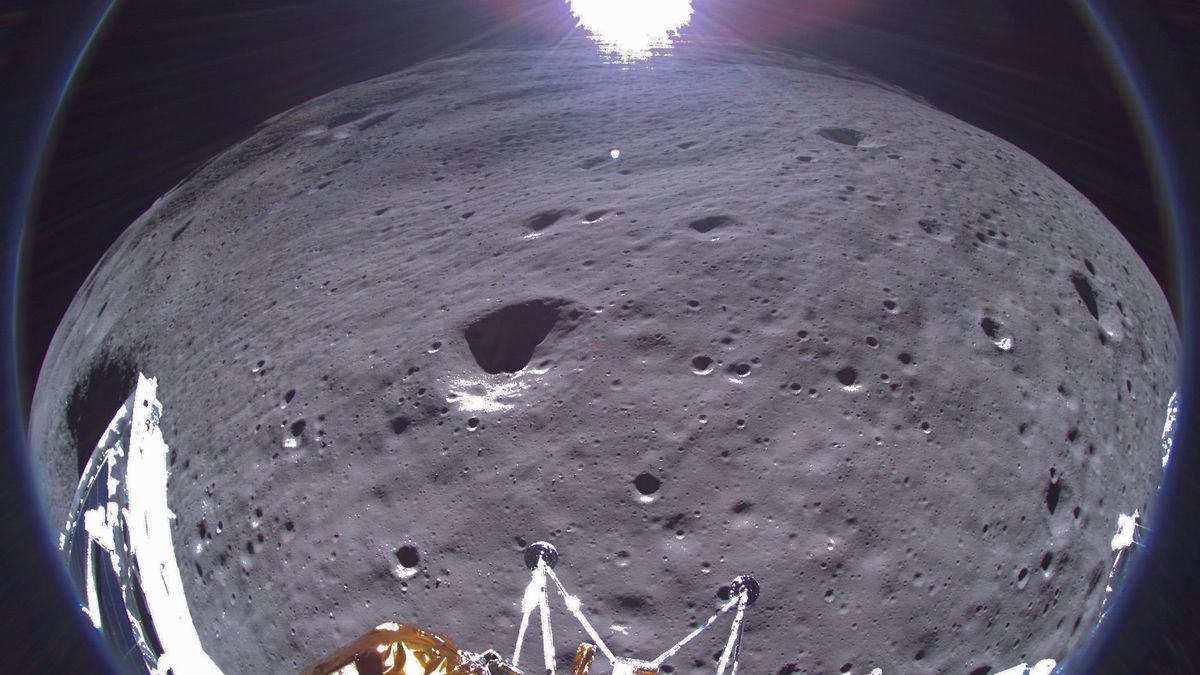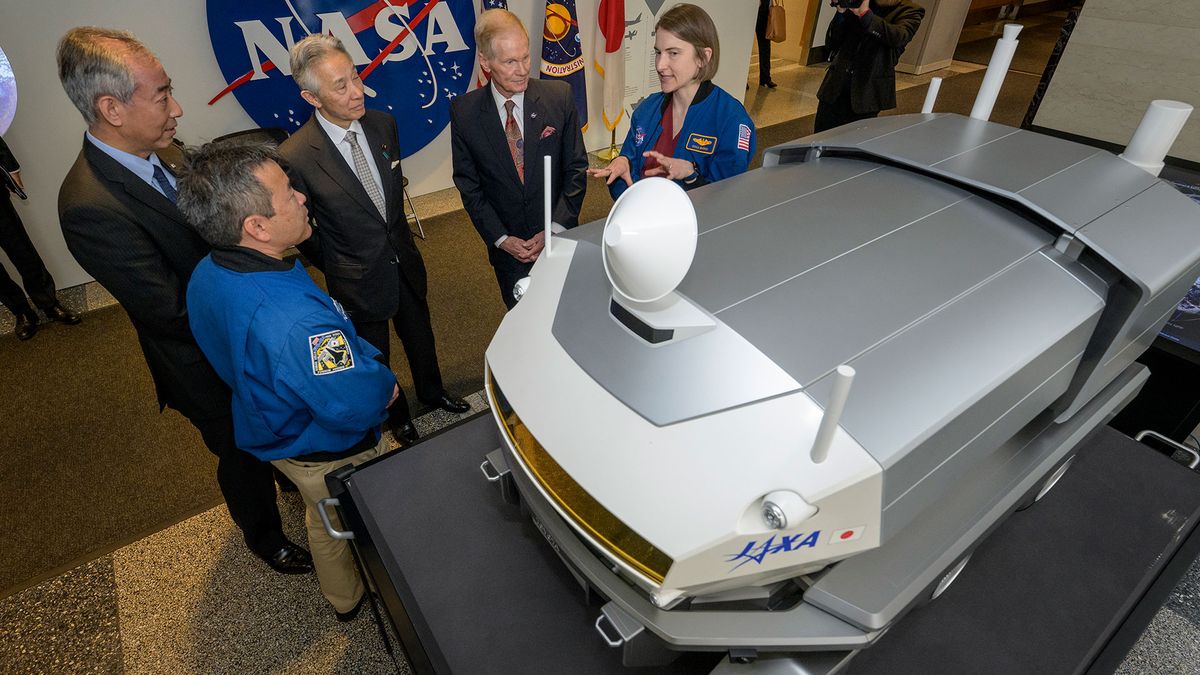Analysis of Eclipses in 2024
The year 2024 is expected to have the usual four eclipses, with two eclipse seasons occurring throughout the year. Each season usually contains two to three eclipses, including both solar and lunar events. These eclipse seasons occur approximately every six months, separated by about 19 days. Last year, the eclipse seasons were in April/May and October, while this year they have shifted to March/April and September/October. Next year, they will once again shift in timing, occurring in March and September.
Understanding Eclipse Seasons
An eclipse season is a period lasting about a month when the alignment of the moon’s orbit intersects closely with the Earth’s orbit around the sun. This alignment, known as a “node,” is essential for creating conditions conducive to solar and lunar eclipses. The orbit of the moon is tilted at an angle of over 5 degrees compared to the Earth’s orbit. The nodes are key points where the moon’s path intersects with the ecliptic plane, leading to potential eclipses.
One crucial factor in determining eclipses is the concept of “gamma,” which represents the axis-offset between the Earth’s center and the moon’s axis. A lower gamma indicates a more central eclipse, while a higher value results in a less significant event. For instance, for the solar eclipse on April 8, 2024, the axis-offset is calculated at 0.3431 Earth radii, indicating a relatively central eclipse.
Another essential parameter is the distance between the Earth and the moon when an eclipse occurs. In the case of the upcoming solar eclipse, the moon will be at perigee, its closest point to the Earth, about 25 hours before the event. This close proximity results in the moon appearing larger and able to cover the sun’s disk more effectively.
The Mechanics Behind Eclipses
Before a solar eclipse occurs, the moon’s position relative to the Earth is crucial. In the case of the April 8 eclipse, the moon approaches the Earth’s ascending node, the point where its orbit crosses the ecliptic. The timing of this alignment plays a significant role in determining where the eclipse’s shadow will fall on the Earth’s surface.
Considering the Earth’s tilt during this period, as it approaches the March equinox, the shadow of the eclipse takes a path that moves from south to north. This directionality is influenced by the moon’s ascending trajectory as well. Thus, the shadow’s track forms a meandering pattern across different latitudes, covering diverse locations with varying climates and landscapes.
The Journey of the Eclipse Shadow
The eclipse shadow commences its journey on April 8, first touching the Earth over the Pacific Ocean near Tahiti. As it progresses, it engulfs Mexico, Central America, and parts of the United States, offering varying degrees of partial and total eclipse experiences to different regions. The path of totality traces a meandering route from the southern United States through the Great Plains, Ohio Valley, and ultimately New England.
Significant cities along the path, such as San Antonio, Austin, Fort Worth, Indianapolis, Cincinnati, and Columbus, will witness durations of totality ranging from seconds to several minutes. The shadow also extends into Canada, briefly touching areas like Toronto, Montreal, and Hamilton, before moving out over the Atlantic Ocean towards Europe.
Eclipse Chronology
The timeline for the April 8 eclipse marks key events leading up to, during, and after the celestial phenomenon. From the moon’s alignment with the Earth’s descending node to the culmination of totality and the subsequent departure of the penumbra, each phase of the eclipse has a precise moment in time. Observers can track the eclipse’s progression from beginning to end based on these timestamps.
Conclusion: Saros Lineage and Future Eclipses
The 2024 eclipse belongs to Saros series 139, which began in 1501 and will continue until 2763. This series of eclipses follows a predictable pattern with intervals of 18.03 years, ensuring that similar eclipses recur over centuries. Understanding the saros lineage provides astronomers with valuable insights into the recurrence and characteristics of future eclipses.
Image/Photo credit: source url





